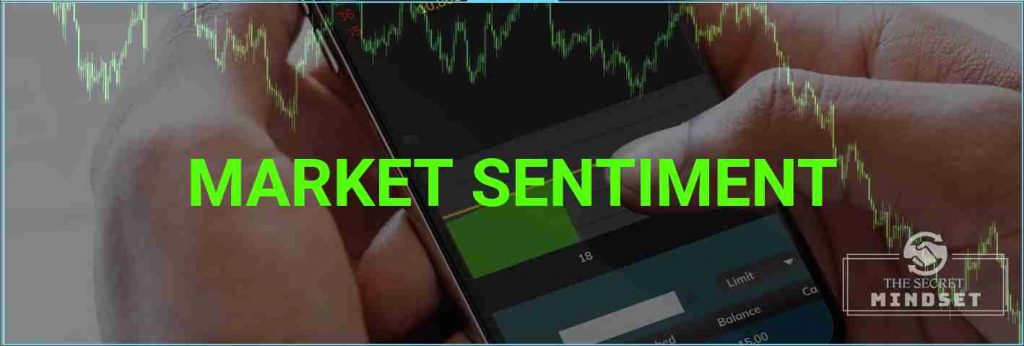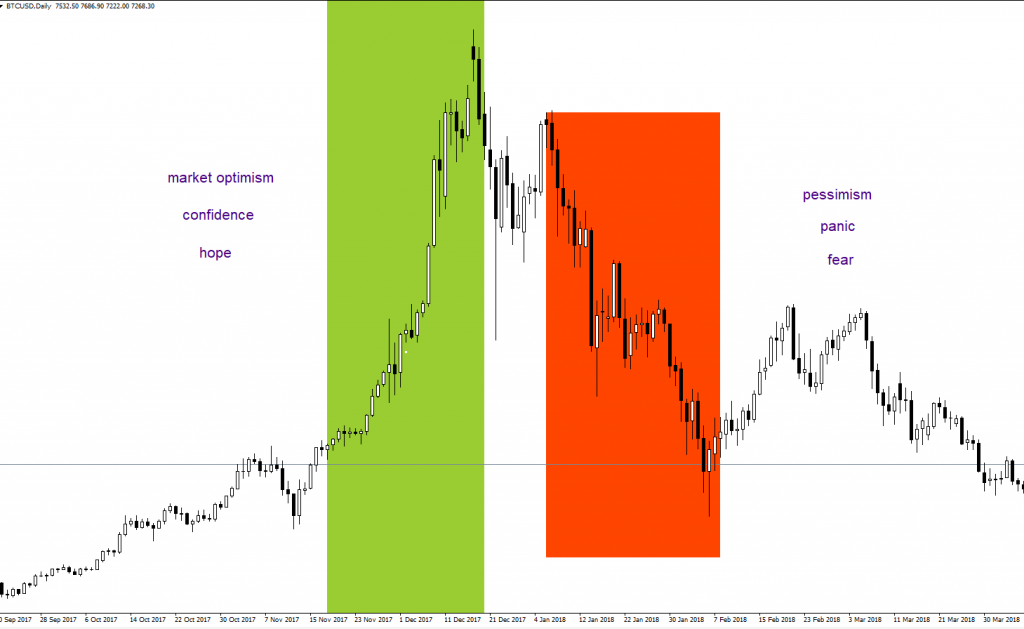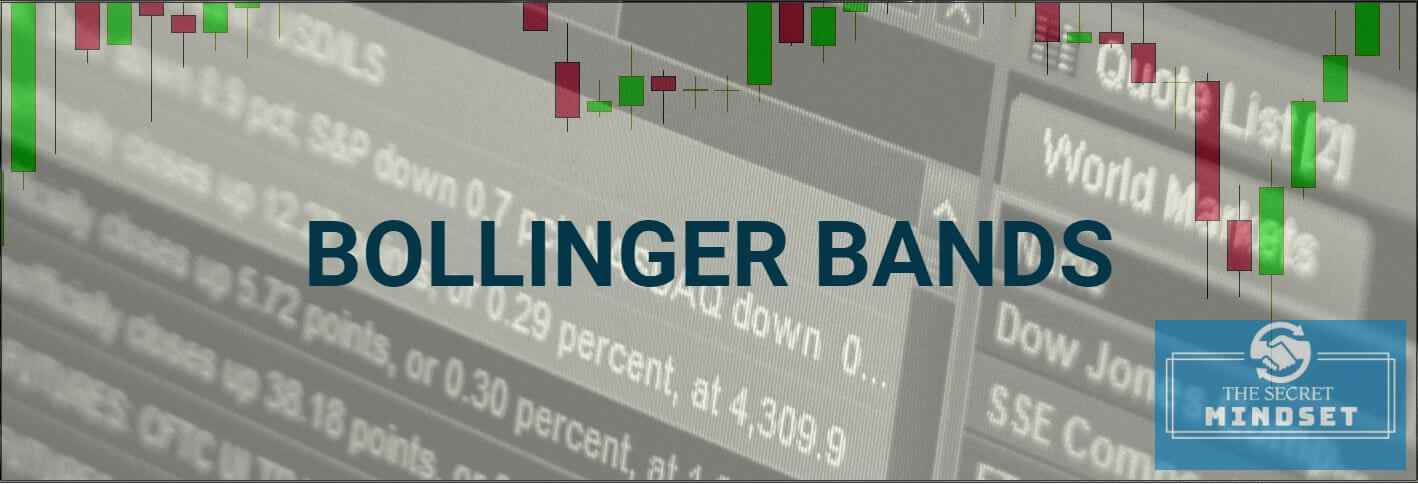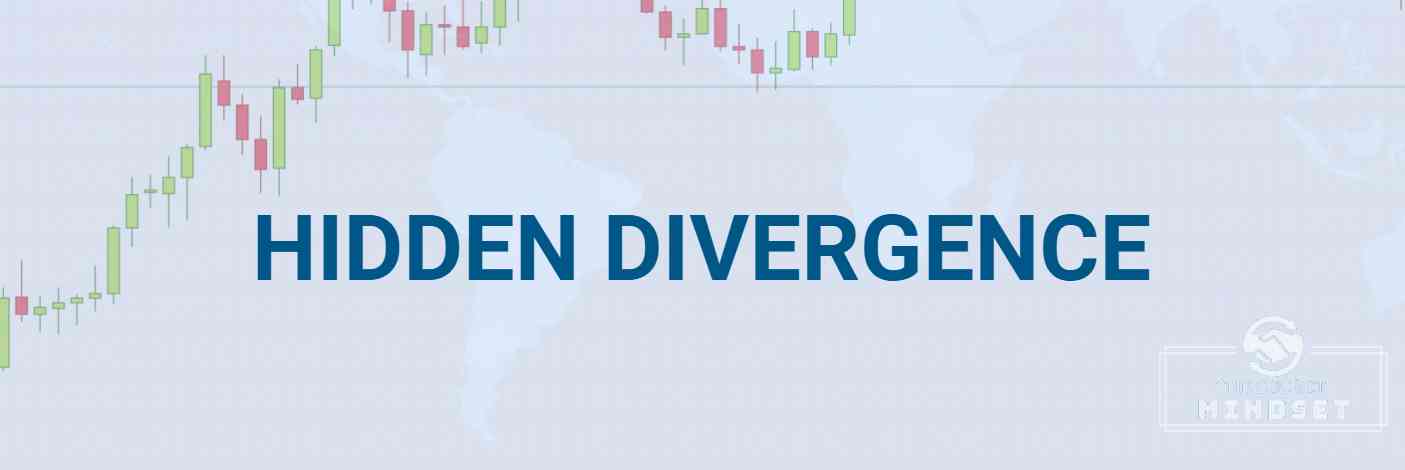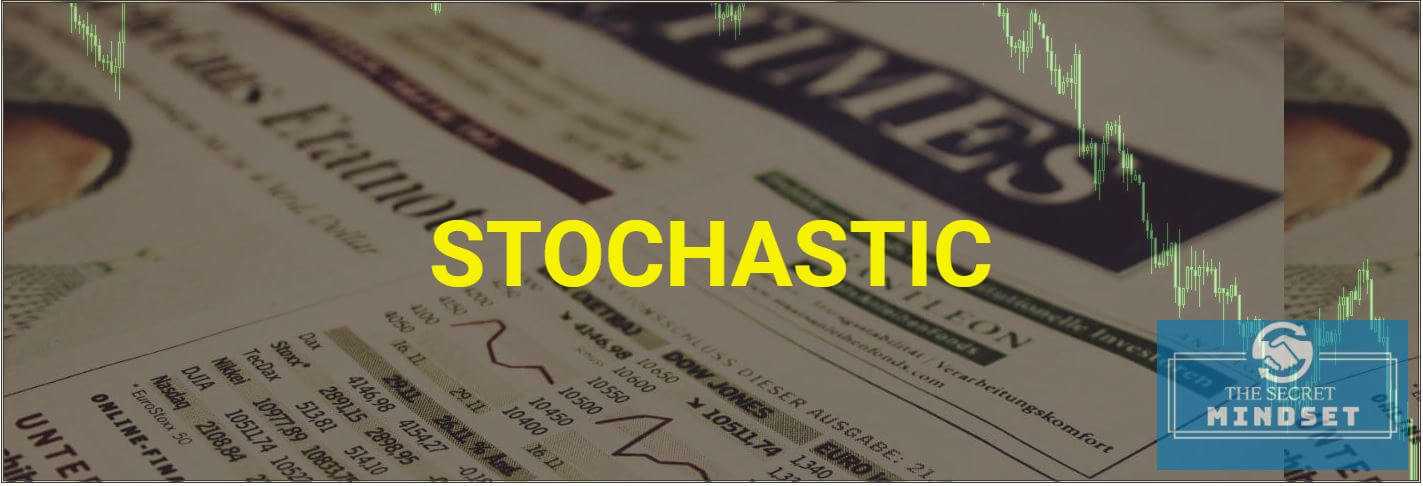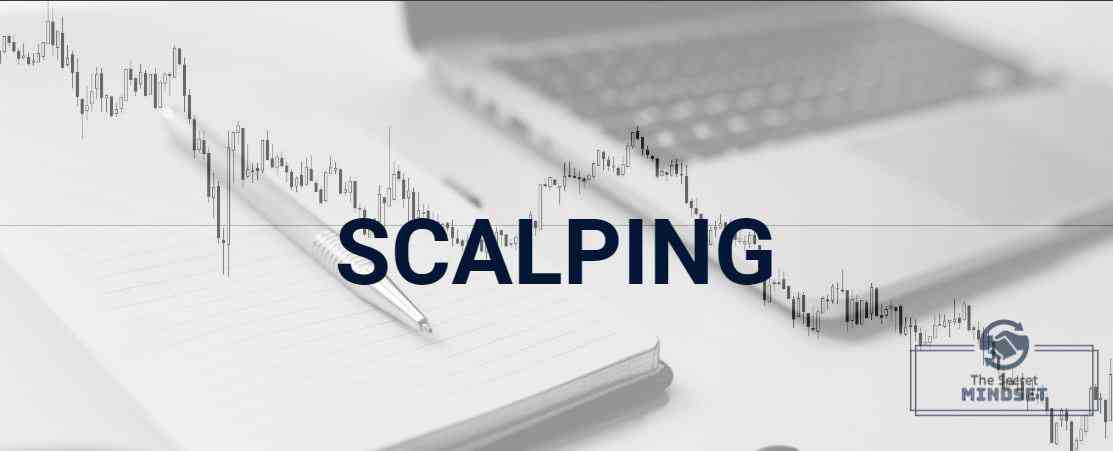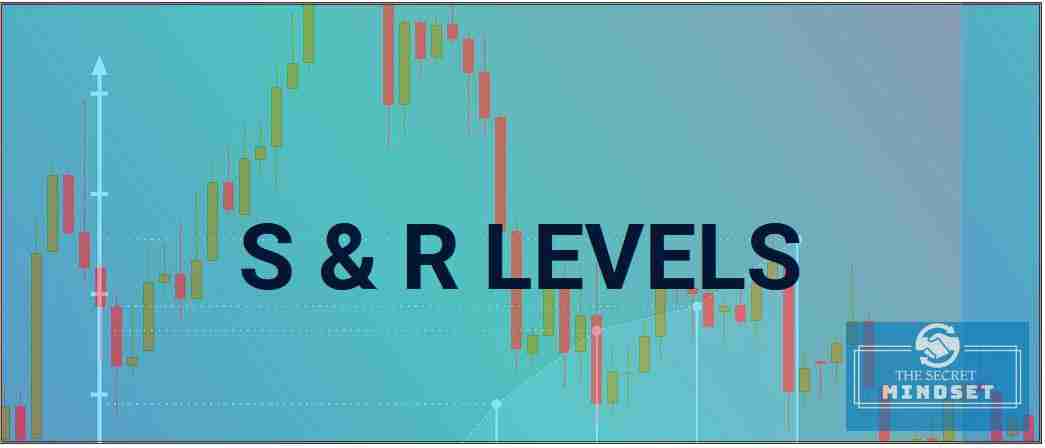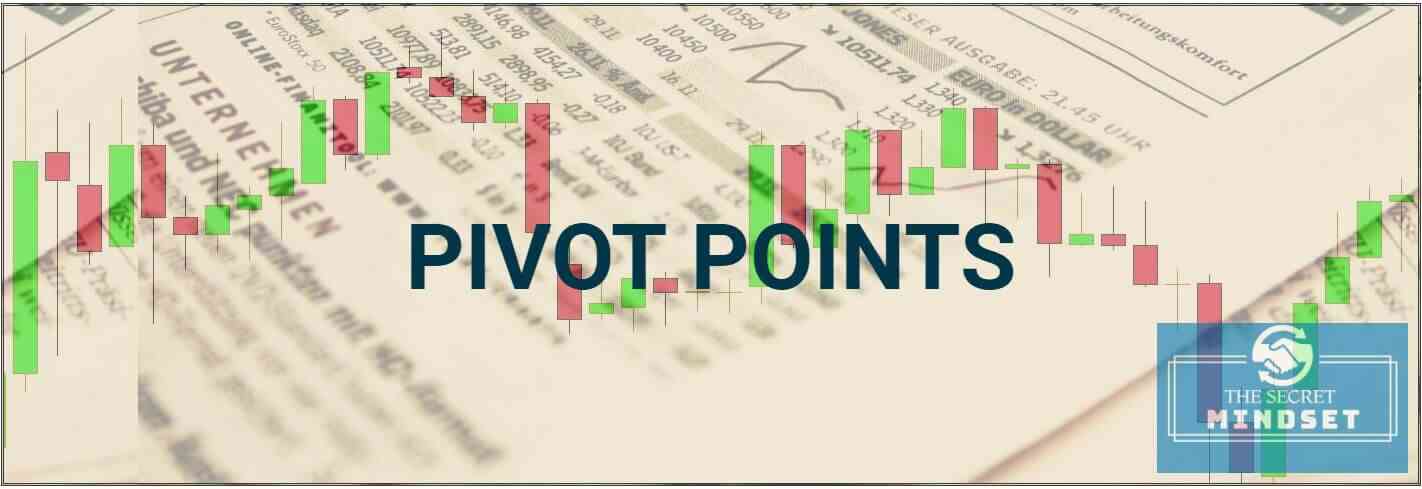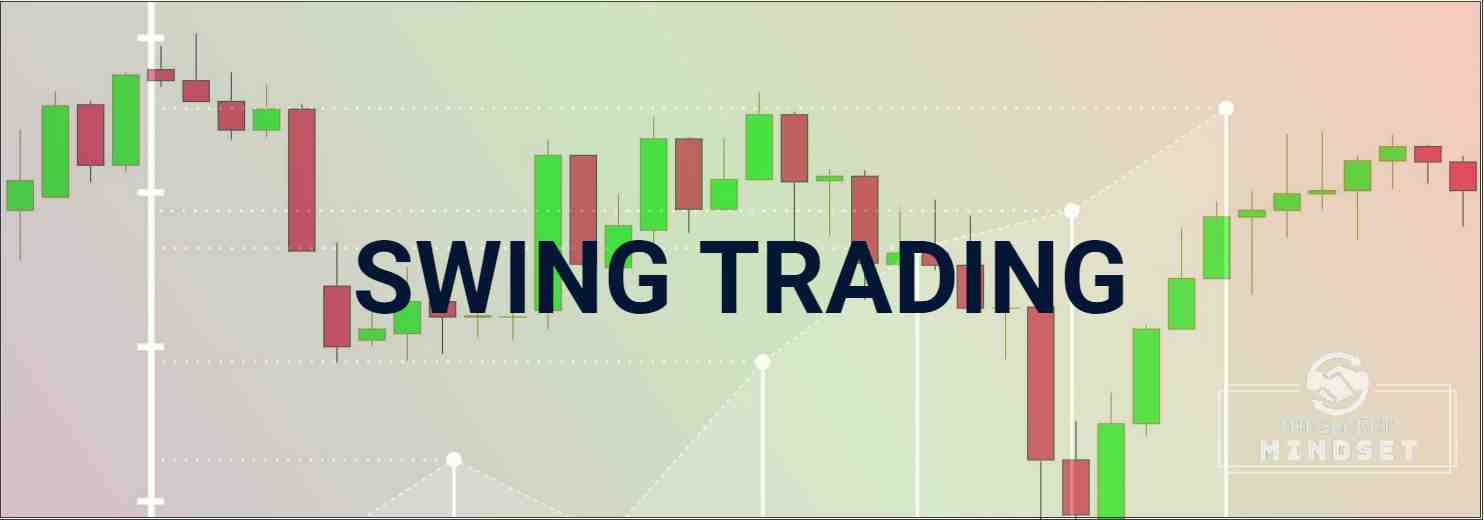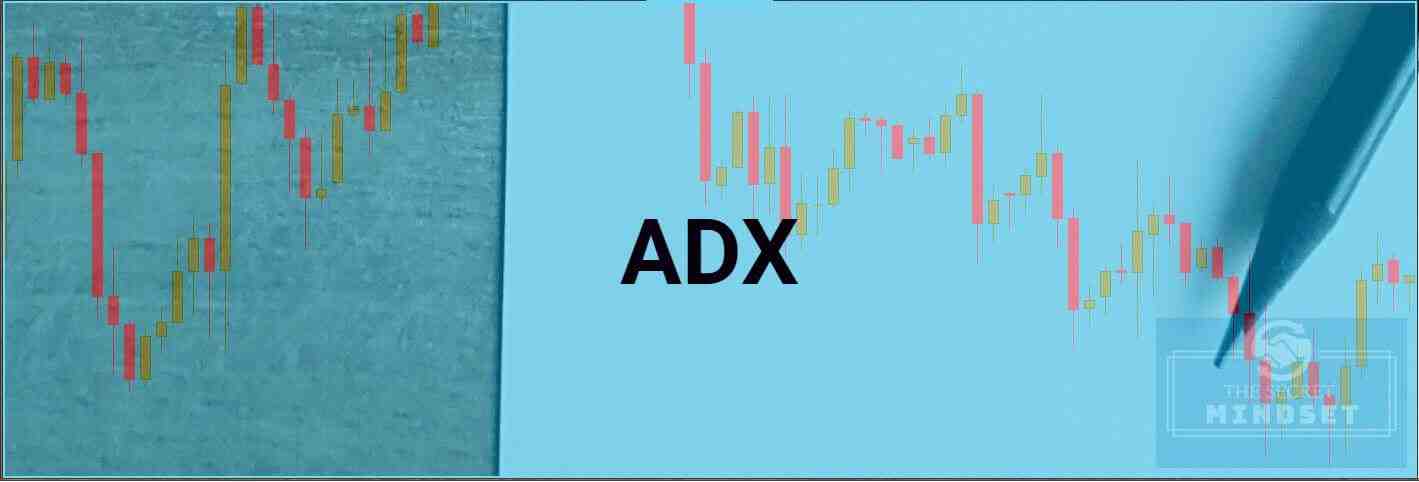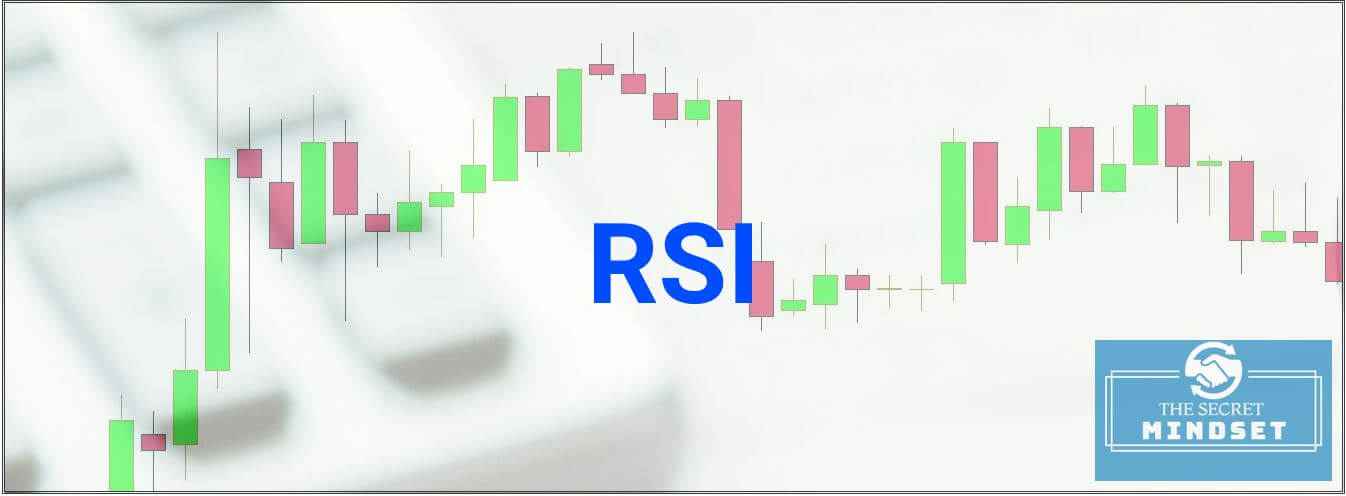Table of Contents
What Is Market Sentiment
Market sentiment is associated with the general feeling about the climate of the market. Market sentiment describes the outlook of investors in a market, reflected in price trends. As investors react emotionally to the market, their reactions reflect in the evolution of the prices.
- At times, investors are trading based on fear and pessimism, confirming a bear market.
- Other times, overconfidence, greed and optimism characterize investor psychology, suggesting a bull market.
Market Sentiment Example
By understanding the market sentiment, you can gain a perspective regarding potential price movements. Let’s consider the Bitcoin price as an example and compare the market sentiment during each phase.
BITCOIN BULLISH market – October – December 2017
- Bitcoin price advances
- investors see their portfolio values increasing
- investors sitting on the sideline hear about the opportunities in Bitcoin market and, not wanting to miss out on these profits, join the bull market
- most investors are hopeful and confident that the trend in Bitcoin will continue.
- as these investors bring more money in the market, Bitcoin price rises.
- as the number of investors in the market increases, the demand for Bitcoin increases, driving Bitcoin price higher.
BITCOIN BEARISH market – January – February 2018
- Bitcoin price decreases
- investors see their portfolio values decreasing
- the level of pessimism increases in the market and most investors decide to sell Bitcoin
- investors are pessimistic and fearful, the Bitcoin price starts to plunge even more, as traders liquidate their positions
- as the quantity of investors in the market decreases, the demand for Bitcoin decrease, driving Bitcoin price lower.
How to Read the Market Sentiment
Reading market sentiment is a difficult task for the common trader. It’s hard to measure something strictly connected with the psychology, everyone has their own opinion because on the trading field. Every participant has its own personal explanation as to why the market is moving a certain way, bullish or bearish.
However, there are several sentiment indicators that we can use to determine the main sentiment in a market. Sentiment indicators are data series that offer traders a measure of how much prices are at an excessively emotional level. With this information, potential future reversals in trend can be better forecasted.
Here are a few of the most important market sentiment indicators.
Market Sentiment Indicators – Forex And Stock Market
Commitment of Traders or COT Report
The Commitment of Traders is one of the most important market sentiment indicators- available to Forex market. Cot report includes data about other commodities, financial futures and derivatives markets in addition to covering foreign exchange futures and options transactions.
The Commitment of Traders report is released every Friday and includes information useful for intermediate and longer-term forex traders.
Market Volume
We can gain a perspective on the market sentiment by following the volume during downtrends or uptrends. High volume acts as confirmation of the trend, and price movements based on low volume have much less importance. A useful indicator is the On Balance Volume, a momentum indicator that relates volume to price change.
The main assumption is that On Balance Volume movements precede price changes. As the volume is the main fuel behind the market, OBV is designed to anticipate when major moves in the markets would occur. It is believed that “smart money” can be seen accumulating into the security/stock by a rising OBV and when the public comes along into the security/stock, both the security and the OBV will increase. The numerical value of OBV is statistically irrelevant.
The main assumptions regarding OBV are:
- a new high in the OBV indicates that buyers are stronger than sellers, and the price is likely to increase.
- a new low in the OBV indicates that sellers are stronger than buyers, and the price is likely to decrease.
The main assumption is that On Balance Volume movements precede price changes. As the volume is the main fuel behind the market, OBV is designed to anticipate when major moves in the markets would occur. It is believed that “smart money” can be seen accumulating into the security/stock by a rising OBV and when the public comes along into the security/stock, both the security and the OBV will increase. The numerical value of OBV is statistically irrelevant.
Market Volatility
One of the most useful indicator measuring market volatility is CBOE Volatility Index (VIX).
CBOE Volatility Index (VIX) is also referred to as the fear index. VIX is interpreted as follows:
- VIX increases when investors buy put options to protect their portfolios against losses
- An increasing VIX indicates an increased need for insurance. In other words, the fear increases.
CBOE Volatility Index (VIX) is a contrarian indicator. Some of the highest values on the VIX chart correlate with periods of market crashes, or extensive fear periods.
Investors Intelligence Survey
Investors Intelligence Survey is one of the oldest weekly sentiment indicators. The Investors Intelligence Survey is considered a contrarian indicator.
More exactly, when the indicator reads that the bullish sentiment is high, the market usually records a decrease.
- A bullish reading higher than 60% is bearish for the market
- A bullish reading below 40% is bullish for the market.
The Investors Intelligence survey is not always reliable but it can be important when it reaches extremes.
CBOE Put-Call Ratio
The CBOE put-call ratio tracks the volume of put options relative to the volume of call options traded over a period of time. The Put/Call Ratio is contrarian indicator followed by traders to estimate the general opinion of the overall market.
- When call options exceed put options, the CBOE put-call ratio signals a bullish sentiment in the market
- When put options exceed call options, the CBOE put-call ratio signals a bearish sentiment in the market
The Put-Call Ratio is a contrarian indicator. When the indicator it reaches extreme levels, the market usually move in the opposite direction.
Advance/Decline Line
The Advance/Decline Line is one of the most popular sentiment indicator used for measuring market breadth.
The Advance/Decline Line is useful for determining overall market strength.
- When more stocks are advancing than declining, the A/D increases.
- When more stocks are declining than advancing, the A/D decreases.
By studying the trend of the Advance/Decline Line investors can see if the market is rising or falling.
Another great way to use the Advance/Decline Line is to look for a divergences between the S&P 500 (or a similar index) and the Advance/Decline Line.
For example, when the A/D Line begins to decrease while the S&P 500 is still trying to make new highs, this suggest a possible correction of the bull market.
Short Interest Ratio
The Short Interest Ratio is also a contrarian indicator.
This sentiment indicator is calculated by dividing the short interest by the average daily volume for a stock.
- A high Short Interest Ratio is usually a bullish indicator
- A low ratio is considered a bearish indicator.
American Association of Individual Investors (AAII)
The American Association of Individual Investors (AAII) represents an investor sentiment survey indicating where the market will be in six-month’ time.
National Association of Active Investment Managers (NAAIM)
The National Association of Active Investment Managers (NAAIM) index measures the sentiment of a segment of professional investors.
High/low Sentiment Ratio
The high/low sentiment indicator compares the number of stocks making 52-week highs to the number of stocks making 52-week lows. When stock prices are trading at their lows across the board, it means traders have a bearish market sentiment.
- an average direction of the market toward the highs indicate a bull market
- an average direction of the market toward the lows indicate a bear market
The Importance of Market Sentiment
Trading markets are fueled by emotion. One of the key reasons the price of an instrument does not necessarily match its intrinsic value is because investors are trading beyond the fundamentals and are pricing in their sentiment.
Understanding the market sentiment is the first piece of the puzzle, and without a proper technical analysis, it could be useless. Also, it’s important to remember that market sentiment is not always based on fundamentals.
So, if we want to profit from market sentiment, we must confirm it by identifying trends with a solid technical analysis and join the bandwagon before it’s too late.

